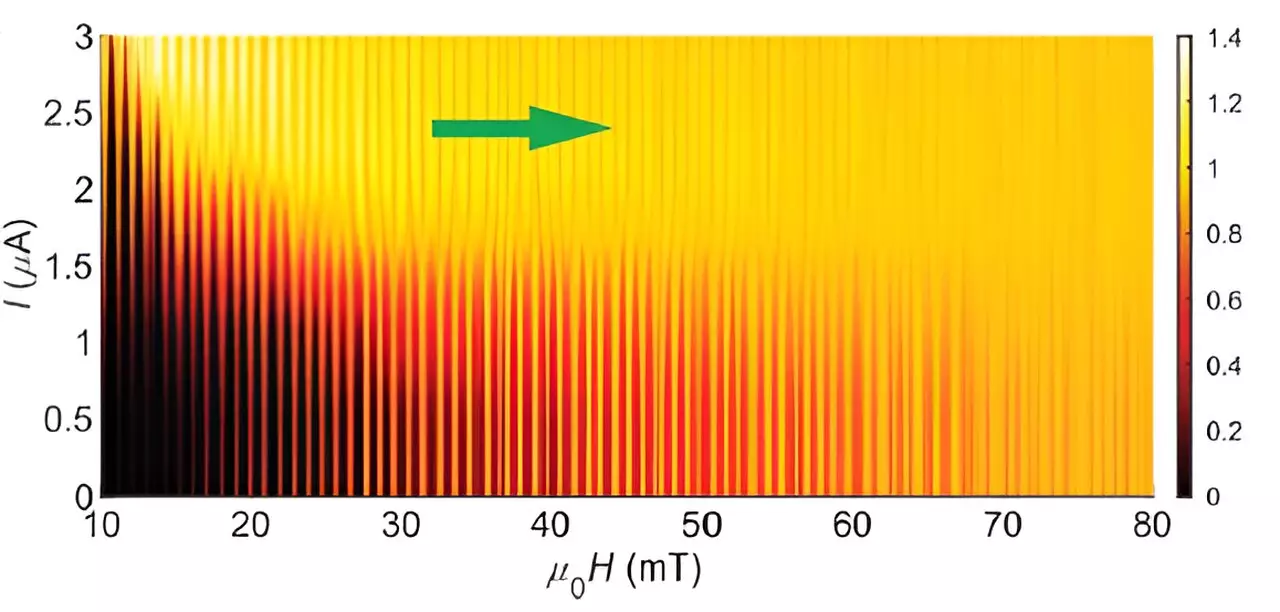The concept of topological materials revolves around the idea of materials with unique properties that stem from the knotted or twisted nature of their wavefunctions, which dictate the behavior of electrons within the material itself. One of the key features of topological materials is the presence of edge states, which emerge at the boundary where the material meets its surroundings. These edge states exhibit distinct behavior compared to the bulk of the material, offering scientists valuable insights into the nature of the material itself.
When a topological material also exhibits superconductivity, it gives rise to even more intriguing phenomena. In the case of the topological material molybdenum telluride (MoTe2), researchers have discovered that superconducting edge currents within the material can undergo significant changes in the pairing mechanism that enables superconductivity. This finding sheds light on the complexities of superconducting behavior in topological materials and holds promise for the development of novel types of superconductors known as topological superconductors.
The emergence of topological superconductors could revolutionize the field of quantum technologies, particularly in the realm of quantum computing. These materials harbor special particles called anyons, which possess unique properties that make them ideal for performing quantum computing operations with built-in error protection. Additionally, the presence of edge supercurrents in topological superconductors opens up new avenues for the creation and manipulation of anyons, paving the way for the development of advanced quantum technologies and energy-efficient electronics.
In a recent study published in Nature Physics, researchers investigated the behavior of superconducting edge currents in MoTe2 and made some intriguing discoveries. By depositing niobium (Nb) atop MoTe2 to enhance the pair potential responsible for superconductivity, the researchers observed oscillations in the supercurrent that revealed the interaction between the pair potentials of the two materials. The results indicated that the edge electrons in MoTe2 could switch between the pair potentials of niobium and MoTe2, leading to characteristic oscillations in the supercurrent.
The study not only confirmed the existence of edge supercurrents in topological superconductors but also demonstrated their potential for monitoring the behavior of superconducting electrons within these materials. The ability to manipulate and control superconducting behavior at the edges of topological materials opens up new possibilities for harnessing their unique properties for practical applications in quantum technologies.
The study of topological materials, particularly topological superconductors like MoTe2, offers valuable insights into the behavior of electrons in these materials and their potential for powering the next generation of quantum technologies. By understanding and exploiting the edge states and supercurrents present in topological materials, scientists can pave the way for advancements in quantum computing and energy-efficient electronics.


Leave a Reply